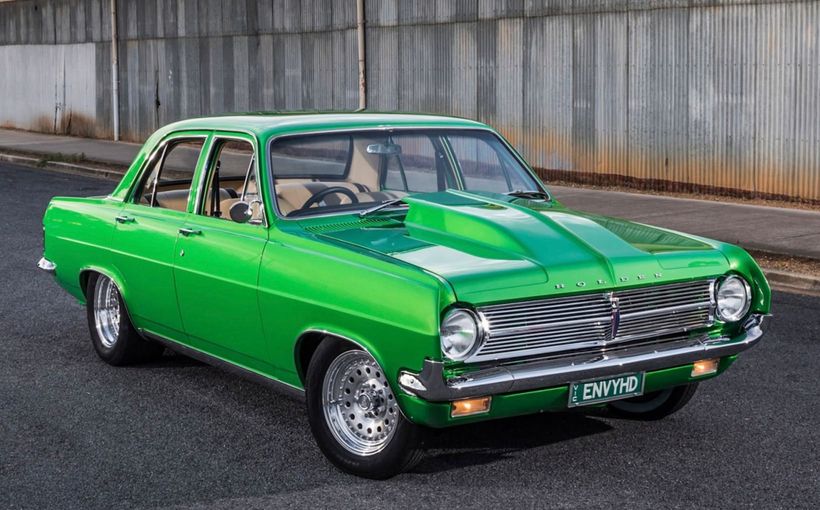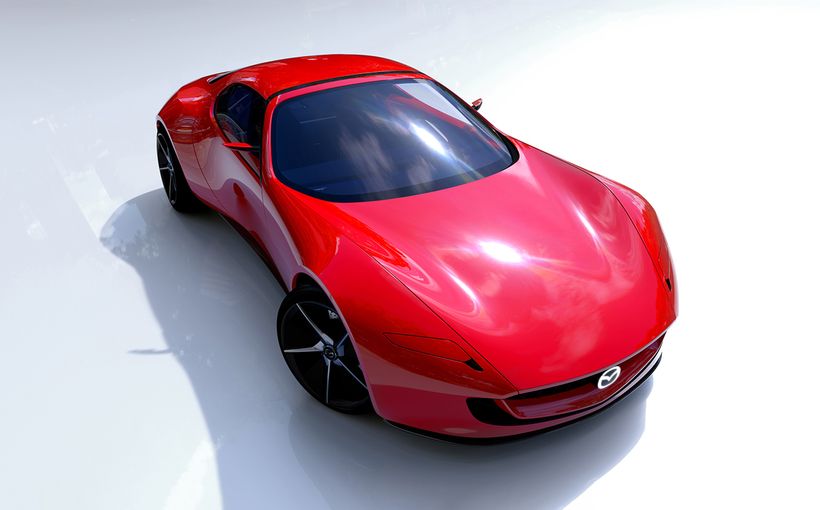HSV farewells Aussie V8 era with 474kW GTSR W1
AUSTRALIAN muscle car and high-performance vehicle fans around the country have been watching the Holden Special Vehicles (HSV) factory roller doors with a hawk-like gaze, since rumours surfaced that the local tuner was going to send off its locally-made range with a bang.
When the iconic car-maker finally confirmed rumours that it would resurrect the GTSR badge and rolled out a car with just 5kW more than the standard GTS, that eagerly awaited bang was more of a pop.
However, with the reveal of the final Commodore-based HSVs the company had one more surprise up its sleeve in the form of a strictly limited GTSR W1, and the bang it brings is positively thermonuclear.

Rather than the lightly modified 435kW LSA under the bonnet of the ‘regular’ GTSR, the monstrous W1 has snaffled a share of the LS9 engine stockpile left over from production of the sixth-generation Corvette ZR1 in the US and that means 474kW and 815Nm of mental supercharged V8 muscle.
Like the LSA-powered GTS, GTSR and current ClubSport variants, power for the W1 is courtesy of a supercharged 6.2-litre V8, but the LS9 engine has a whole toy box of special parts including forged titanium conrods, forged aluminium pistons, titanium inlet valves, hollow-stem exhaust valves, dry-sump lubrication and a massive 2.3-litre blower as the icing.

Slotting the massive engine under the W1’s hood was not a straightforward heart transplant and the HSV engineers had to tilt the radiator angle to the rear, re-engineer the exhaust system and design a custom oil reservoir.
It’s not just the engine from the Corvette either, the team managed to get the sportscar’s six-speed manual transaxle gearbox to fit as well complete with twin-plate clutch.

The result is a car built on startling figures. With a whopping $169,990 before on-road costs, the GTSR W1 is Australia’s most powerful, most technologically advanced and most expensive car to date, but its hefty price is not putting customers off with most, if not all, 300 cars already spoken for.
HSV fans quick enough to slap a cheque on their local dealer’s desk have a lot to look forward to including the potential to get from zero to 100km.h in 4.2 seconds — three tenths faster than the GTS — and a top speed that would max out at 293km/h if the electronic limiter is deactivated, says the car’s engineers.

While all previous Commodore-based HSVs have borrowed much of the iconic car’s construction, the GTSR is the first model since the company’s creation in 1987 to use a bespoke plastic front wing design, with the job contracted out to the same mob that makes the unique front fascia.
The special fatter guards house massive 20-inch wheels which are wrapped in Pirelli P Zero Trofeo rubber for the ultimate in dry track performance.

Braking is taken care of by 410mm front discs grabbed by massive six-piston AP Racing callipers, which offer a 25 per cent increased pad swept area but a weight reduction of 10 per cent.
For its swan song mega car, HSV also used more carbon-fibre components than in any car before it, including its air box, rear spoiler, front splitter and side vents.
Of course, if the budget doesn’t quite stretch to a W1 or you simply missed the boat you could put your hand up for an example of the LSA-powered GTSR, which starts at a relative bargain of $96,990 for the manual Maloo ute or the sedan version for $109,490. Unlike the GTSR W1, the less exclusive version is available with an automatic transmission.

Manic power player special editions are no stranger to the HSV range and the last limited hero model to be offered by HSV was its W427 but, even with a mighty 7.0-litre V8 it couldn’t match the latest version, falling short by a whole 99kW.

Before that, the GTSR name debuted in 1996 with the VS version, but the original car highlights just how far the company has come technologically, with the first car producing up to 226kW from a 5.7-litre naturally aspirated V8.
Back to the present day and HSV is proving that with a little help from parent General Motors and its crack team of engineers, after 69 years the venerable Commodore still has plenty of potential.
If HSV is the last star in the Australian home-grown high-performance car universe, then the incredible GTSR W1 is the blinding supernova left behind as a reminder of just how much the local automotive industry could achieve.
Daniel Gardner GoAuto.com.au
Protect your HSV. Call Shannons Insurance on 13 46 46 to get a quote today.









